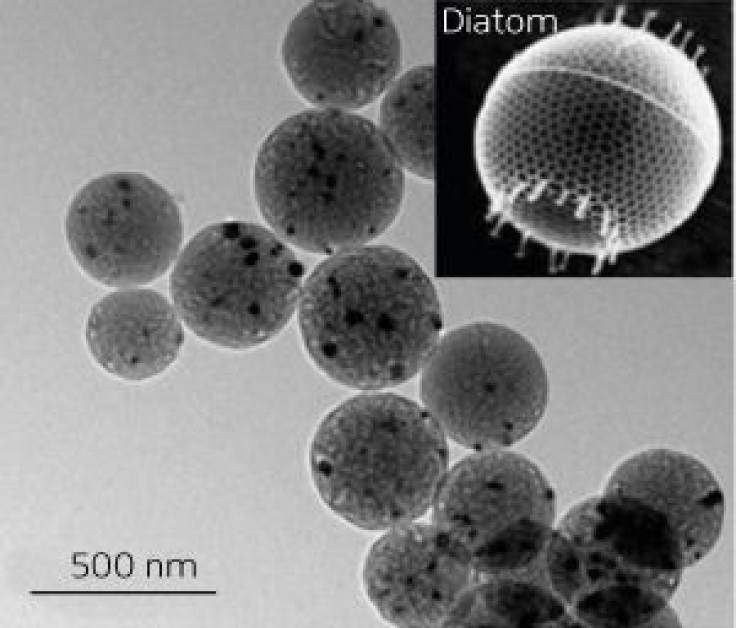Algae research leads to discovery of nature-inspired battery featuring big boost in phone power

By experimenting with algae, researchers from A*Star or the Agency for Science, Technology and Research in Singapore have developed what they claim is a breakthrough that considerably improves the power delivered by lithium-ion batteries such as those in mobile phones. They have developed “hierarchical porous carbon spheres” using diatoms, a type of unicellular algae, as a raw material. These spheres can be used as anodes, which are electrodes through which current flows.
The algae-inspired research was fuelled by the team’s quest for a way to boost the poor performance of ordinary lithium-ion batteries. Single-celled marine algae reproduce at enormously rapid rates. The Singaporean research team found that diatoms can self-assemble biominerals into complex three-dimensional architectures with great structural control over great scales.
Diatoms contain organic macromolecules that can be used to produce stratified carbon materials that can serve as battery anodes. This natural occurrence prompted the team to develop the nature-inspired battery components. The natural materials contain mesopores, which form an interrelated network of pathways inside the carbon spheres.
In the study, a laboratory test compared the laboratory-prepared anode to that of a traditional lithium battery. The test showed that macromolecules acted as anodic parts in the lithium-ion cells. After the investigation, the new batteries manifested high reversible capacity, good cycling stability and high-rate performance.
“The carbon spheres can only be prepared on a laboratory scale; however, we are optimising the synthetic conditions to scale up fabrication,” said research head of the team Xi Li on the research team’s journal.
Li claimed the test results are at par with the latest batteries containing traditionally fabricated anodes. The team even thinks batteries containing the synthetic anodic elements will charge faster compared with anodes made of conventional carbon materials. Research now focuses on applying the innovation to other energy reservoirs and electrochemical applications.
A*STAR (Credit: YouTube/GYP Video Services)
Contact the writer at feedback@ibtimes.com.au or let us know what you think below.






